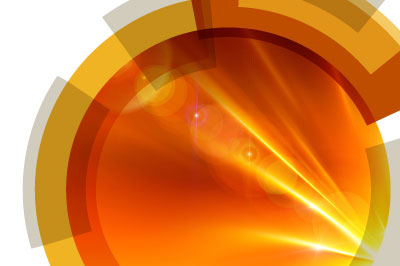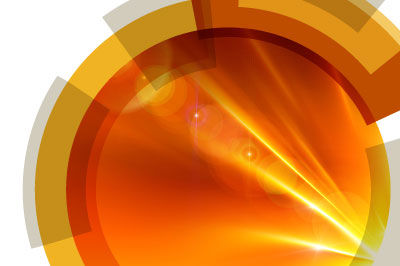What will you learn on this course?
This three-day course is an introduction to mass spectral interpretation, aimed at presenting the fundamental tools and rules when examining high quality full-scan GC-MS data. Every analyst using GC-MS should have a fundamental understanding of how a mass spectrum is generated and if a library match is correct or not.
This course takes this a step further to enhance mass spectral knowledge. From learning to quickly recognise from the spectrum if the analyte is aliphatic or aromatic in nature; to learning to interpret the number of carbon atoms, heteroatoms and degree of unsaturation; and understand isotopes, isomers, logical losses, cleavages and rearrangements to produce a mass spectral fingerprint of the compound. The course is classroom based and combines powerpoint presentations to introduce the theory with a high proportion of exercises on spectral data to reinforce the topics learned.
If you wish to learn the fundamentals of mass spectral interpretation for the identification of unknowns or to enhance their understanding of fragmentation patterns produced from GC-MS analysis to aid in accurate identification when using library search programs, then this course is for you.
Who is this course for?
This course is recommended for those who have a good background in organic chemistry and at least six months experience as a GC-MS operator.
This three-day course is an introduction to mass spectral interpretation, aimed at presenting the fundamental tools and rules when examining high quality full-scan GC-MS data. Every analyst using GC-MS should have a fundamental understanding of how a mass spectrum is generated and if a library match is correct or not.
This course takes this a step further to enhance mass spectral knowledge. From learning to quickly recognise from the spectrum if the analyte is aliphatic or aromatic in nature; to learning to interpret the number of carbon atoms, heteroatoms and degree of unsaturation; and understand isotopes, isomers, logical losses, cleavages and rearrangements to produce a mass spectral fingerprint of the compound. The course is classroom based and combines powerpoint presentations to introduce the theory with a high proportion of exercises on spectral data to reinforce the topics learned.
If you wish to learn the fundamentals of mass spectral interpretation for the identification of unknowns or to enhance their understanding of fragmentation patterns produced from GC-MS analysis to aid in accurate identification when using library search programs, then this course is for you.
Who is this course for?
This course is recommended for those who have a good background in organic chemistry and at least six months experience as a GC-MS operator.










